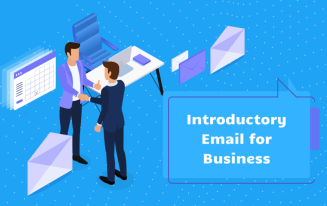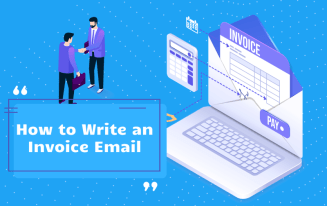How to write a follow up email after a meeting
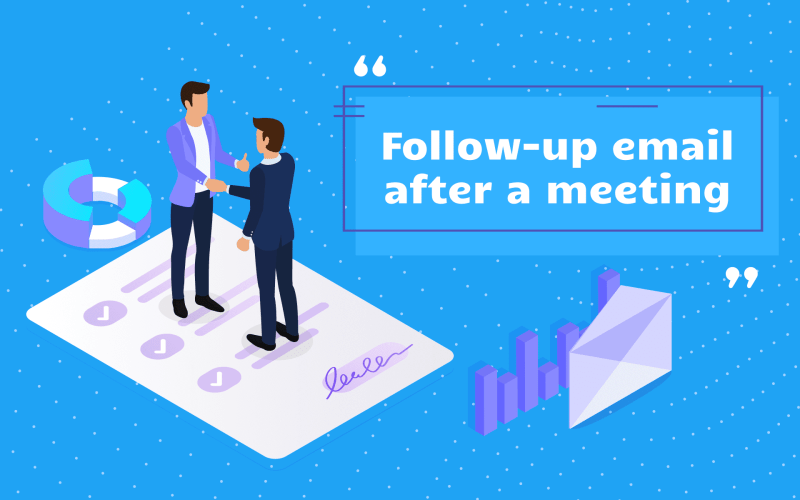
Aside from job interviews, many different kinds of meetings take place at all hours of the day. Based on the setting of the meeting, there are various etiquettes involved depending on the situation. Considering the relatively convoluted topic, it can be challenging to know how to write a follow up email after a meeting. The primary purpose behind this email is to solidify your gratitude and follow up on any necessary key details. Most people can handle this aspect just fine; it’s the writing that tends to trip them up. Before any writing takes place, you’ll want to take stock of the meeting you had, as this will determine how you move forward professionally. In this article, you’ll get a simplified look at how to write a follow up email after meeting a professional contact.

Employ the full range of AI advantages with AImReply and express your thoughts faultlessly in every email.
Table of Content
Once you master how to write this email, it’ll become second nature, and you can utilize it after any kind of meeting for the rest of your life. The message is short, but the impact can be extensive, as this persistence can lead to many different opportunities down the line.
A certain level of tact comes with this type of email. You also don't want to sound stiff with every word. Combining the tips and proven strategies mentioned in this post will set you up for success, no matter the context of your meeting.
To help streamline the learning curve, review the templates listed below, each built for a different use case. If you find yourself needing to send a follow-up email while on vacation, consider using automation tools like AImReply to maintain professionalism and responsiveness even when you're away. Crafting an introduction email for a potential client or partner? Ensure your message strikes the right balance between professionalism and warmth, setting the tone for future interactions.

Templates for Sending a Follow Up Note After a Meeting
Keep in mind that you can craft a follow up email in a seemingly endless number of ways. However, the templates provided in this article are geared toward a variety of different settings where professional meetings commonly take place.
These aren’t meant to be copied 100%, but feel free to take inspiration from the text and spin it to fit your own voice. You’ll notice that each sample is pretty short, and this is exactly what you want. Quick, professional, and effective is the name of the game, and each of these templates has the ability to accomplish the same goal.
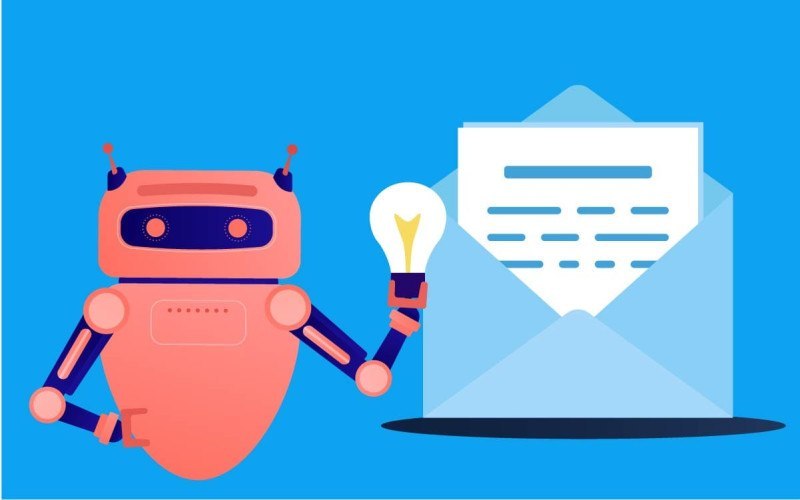
If you recently came out of a meeting discussing the exchange of goods and services, there’s a special way you’ll want to write your follow up message. With this particular topic, you want to be careful how you go about it, but your intent is to lean into the benefits of your products or services. You can accomplish this by utilizing details from the following template.
Subject Line: Helping you solve [business challenge]
Hi [Contact Name],
It was excellent meeting you the other day, and I feel I have a much better view of your company’s needs at this time. Among everything we talked about, I wanted to reiterate that I have numerous solutions on hand that can help take your business to the next step.
We discussed angles such as [business challenge 1] and [business challenge 2], both of which are troubles my [insert product/service] can handle with ease. I’d like the opportunity to discuss your needs further when you get the chance.
When you’re ready to sit down for another meeting, please reply to this email or give me a call on my personal cell number. Your time is much appreciated!
Best regards,
[Your Name]
[LinkedIn URL]
The email is formal yet not drawn out to the point where you’ll bore the reader. Writing emails in this context can be tricky as they need to be as effective as possible. This considers every layer of an email, such as the subject, body text, outro, and more.
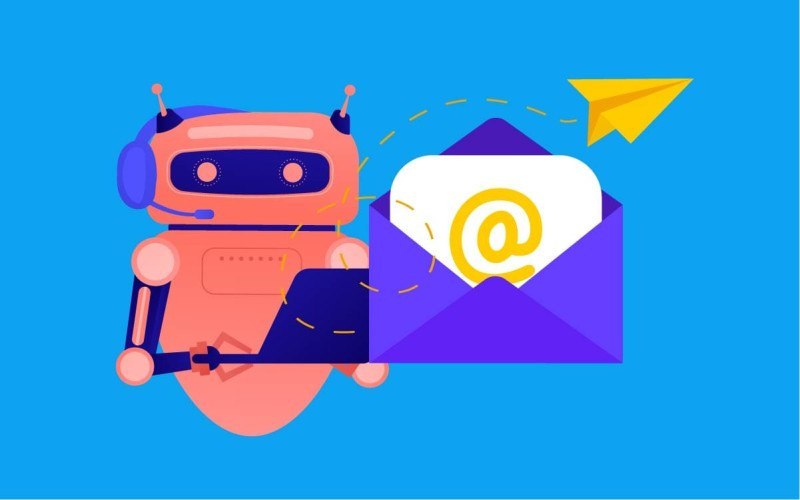
With the rise of technology, the way meetings are handled in the professional world has changed drastically. Face-to-face meetings used to be the go-to norm, but nowadays, many people are making use of audio and video calls.
This can save time and money for organizations while offering efficiencies that are hard to ignore. On the other hand, phone meetings can be rather impersonal. The gap between speakers can make it difficult to really connect and leave a lasting impression. This is where a follow up email comes in, as this can be your chance to head toward an in-person meeting.

Subject Line: Looking for an introduction to [Contact Name]?
Hello [Contact Name],
This is [Your Name]; I’m just following up to recap on our recent meeting as we covered many aspects of how I might be able to assist [Company Name]. It’s evident that you guys could use some help with [business challenge], and I feel I could have the answers you’re looking for.
In hopes of moving forward, I wanted to ask if you would entertain the idea of an in-person meeting in the near future. I feel it’ll help us connect on a better level and hash out the details of your needs.
Please let me know your availability so I can fit it into my schedule. All the best, and I hope to catch up with you again soon!
Regards,
[Your Name]
[LinkedIn URL]
We took a slightly more casual approach to this email. You can do this if you’re confident about the first interaction you had with your contact. Based on the previous experience, if you feel more relaxed language is warranted, then go for it. However, this shouldn’t be utilized if you have no connection with the recipient whatsoever.
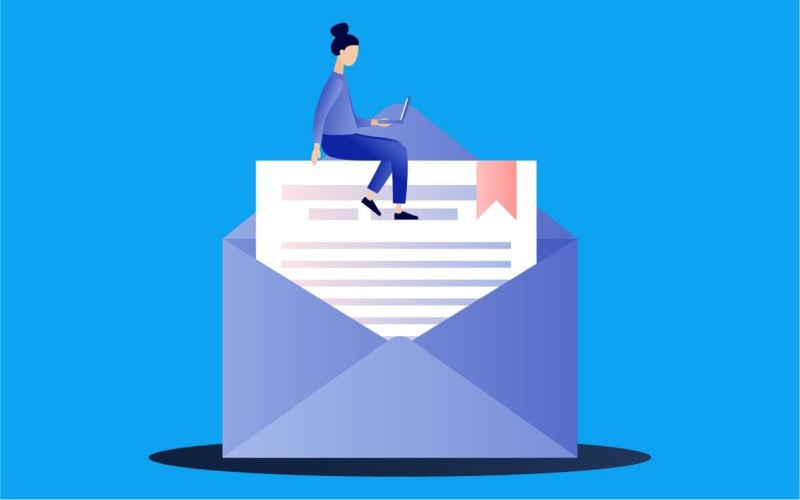
Networking is an essential part of navigating the business world. Even with technology making virtual events more common, many people prefer the in-person atmosphere of networking. With the bustling crowds at such events, keeping track of everyone you meet can be difficult. The same goes for every conversation you might have.

If you have their contact information, use it to start building a relationship outside of your initial interaction. This is another excellent use case of follow up emails, as it helps you stand out from every other person your contact met at the event.
Subject Line: Let’s set up another meeting!
Hello [Contact Name],
It was a pleasure meeting you at [Name of Event]. The issues your organization is having keep crossing my mind, and I’m confident I might be able to help in more ways than one.
If you have the time in the near future, I’d love to sit down for a more formal meeting to see how we can help each other. Aside from that, working with [Company Name] would be a treat for me as I have an honest passion for the work you all do.
Please reach out if you’re interested in setting up a meeting, and I’ll be more than happy to work around your schedule. Have a great day, and I look forward to speaking with you soon!
Truly,
[Your Name]
[LinkedIn URL]
You can see a blend of a genuine professional tone with one that exudes excitement for the potential of another meeting. It isn’t too pushy, yet it shows the recipient that you can’t wait to speak with them again. People are responsive to this type of dialogue, and it’ll resonate with them long after the first read.
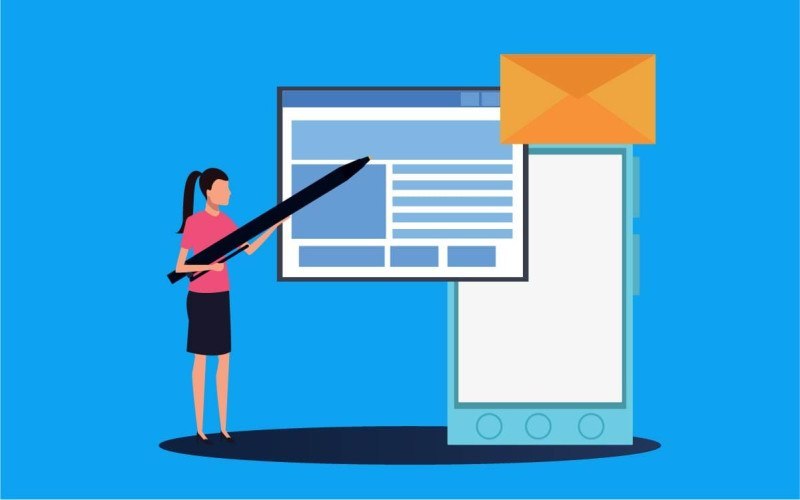
Important steps to consider
Aside from the context of your email, there are a few angles you’ll want to consider when it comes to the writing process. These factors may not stand out to you, but they will to many individuals in the corporate environment.
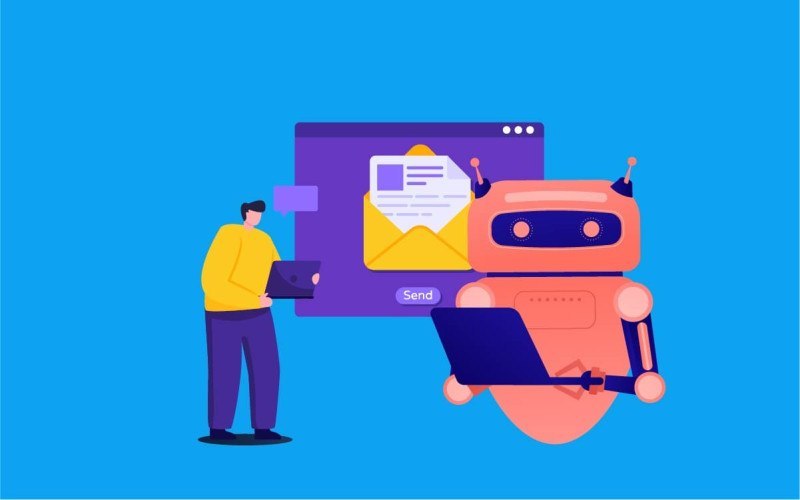
A lack of knowledge in this area can hinder your chances time and time again. It's important to keep the tips below in mind when writing a follow up or thank you note after a meeting.
- Be on Time: When sending out follow up emails, you don’t want to wait too long to reach your contact.
- Show Gratitude: No matter how you word your email, always make sure it displays gratitude from the beginning to the end.
- Include a CTA: It doesn’t have to seem spammy or oversold, but you should have a minor CTA at the end that prompts the recipient to respond.
- Utilize Automation: Sometimes, you have numerous contacts you need to follow up with. This can be a time-consuming task but can be mitigated with the help of AI tools, such as AImReply.
Struggling to find the right words? Consider leveraging AI-powered email writing tools like AImReply to streamline the process while maintaining a personalized touch tailored to your style and context.
By keeping these various points in mind, you’ll be able to streamline the follow up process without compromising the quality of your emails. Always put your professional foot forward, even if the contact isn't promising. While it's not the most pleasant task, sending a rejection email with tact and consideration is crucial. Remember to express gratitude for the opportunity and maintain a professional tone throughout.

The Bottom Line
If you were having trouble writing follow up emails before, you shouldn’t have any issues now. Between the provided templates and the professional insight, you have everything you need to keep potential prospects interested.
Many people are finding that automation is the key to consistency in this regard. AImReply was created with this in mind, as we fully understand how emailing can be so tasking. Using our tool allows you to automate email responses while crafting them to your specific tone of voice and context.
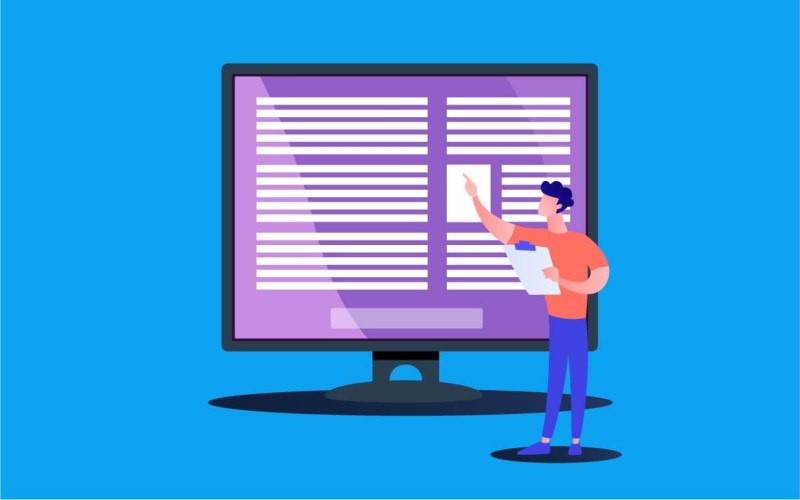
You can manage every follow-up email with ease by having AImReply handle all of the work. Not only will it deliver prompt emails, but you don’t have to do any of the manual efforts. Users won’t have to worry about running into contextual or grammatical issues, as AImReply is able to deliver organic text with every email.
AImReply also offers other features to help you manage your email accounts, and we even have a free trial available so you can give it a test run. We’re always on standby if you have any questions for us, and we’d be more than happy to have you as a part of the community. This article covered everything you need to know on how to write follow up emails after meeting other professionals.
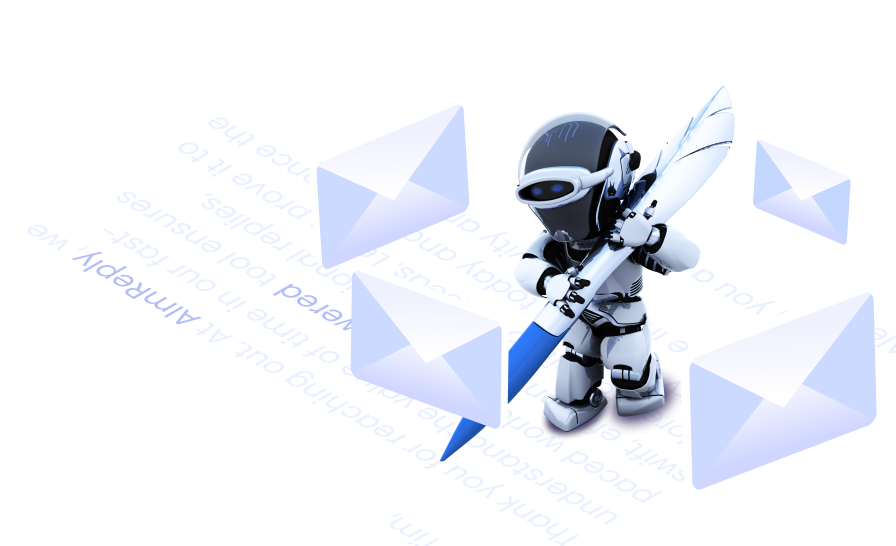
March 15, 2024
- 9 min
- 90
In the world of business, you have to be able to sell yourself. This is where it can be helpful to know how to write an introductory email for business purposes. As with any form of professional communication via email, there’s always a bit of tact when it comes to the writing.
March 25, 2024
- 10 min
- 143
Having to call in a sick day can be nerve-wracking as we want to convey the situation as clearly as possible. To avoid causing any hassle for colleagues when you’re sick, you’ll want to know how to write a sick day email for work.
March 18, 2024
- 8 min
- 130
If you want to get paid on time, you’ll want to learn how to write an invoice email for any professional situation. Although you’re owed payment for your work, being courteous and professional in your writing is important.






